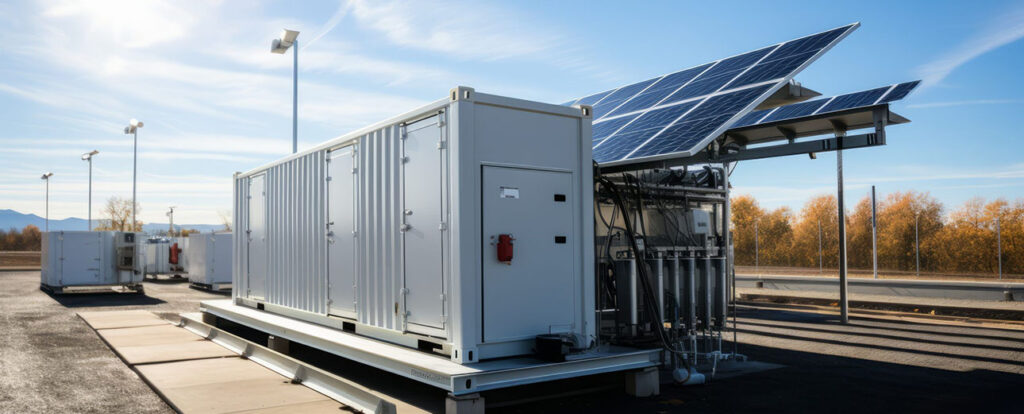Yurika predicts microgrid growth as Australia embraces distributed energy

Yurika predicts the soaring growth in distributed energy resources (DERs) like solar, batteries and wind energy, will lead to more microgrids in coming years; something our Manager of Engineering Product Development, Dean Condon says is good for communities, business, and the broader Australian energy system.
What is a microgrid?
An electricity microgrid is a localised energy system that can operate independently or in conjunction with the main electricity grid. It consists of distributed energy resources (DERs) such as renewable energy sources (solar, wind, hydro), energy storage systems like batteries, controllable loads (demand response) and backup generation, that are integrated and managed to provide reliable and resilient electricity supply to a specific area or community. Microgrids can be connected to the main grid but can also function autonomously if the main grid experiences disruptions.
Microgrids can vary in size and complexity, ranging from small-scale systems powering a single building or community to larger-scale installations that serve multiple users or industrial facilities. The design and operation of a microgrid involves careful consideration of factors such as energy generation mix, load profiles, storage capacity, control strategies, and economic feasibility.
Benefits of microgrids
The primary benefits of microgrids lie in the resilience and reliability they offer, because they can operate independently from the main power grid. During power outages, a microgrid can continue to supply power. This is particularly useful for critical facilities like hospitals, military bases, emergency shelters, mining operations, and in remote or isolated communities.
Microgrids can enhance energy security by reducing reliance on centralised power sources. They can incorporate renewable energy sources, reducing dependence on fossil fuels and minimising greenhouse gas emissions.
There are benefits too for electricity distributors. By generating energy locally, microgrids reduce transmission losses and can potentially alleviate congestion on the main grid. Some microgrids can provide ancillary services to the main grid, such as frequency regulation and voltage support, or incorporate demand response strategies, allowing them to manage energy consumption during peak demand periods and contribute to load balancing on the grid. They can even sell energy back to the main grid.
Is a microgrid suitable for you?
Advances in energy storage, smart grid technologies, and control systems have enabled more efficient and flexible operation of microgrids. Their application is ideal for isolated communities, critical facilities and in certain commercial and industrial settings.
Overall, microgrids play a significant role in transitioning to a more decentralised, resilient, and sustainable energy system, promoting greater energy independence and reducing the vulnerability of communities to power disruptions.
Want to explore the potential of a microgrid?
At Yurika, we’re a part of the microgrid revolution. Our longstanding history in electrical infrastructure means we’re well-placed to tackle even the biggest challenges of integration with existing infrastructure.
Learn more about our work with Ausgrid and the Merriwa community.